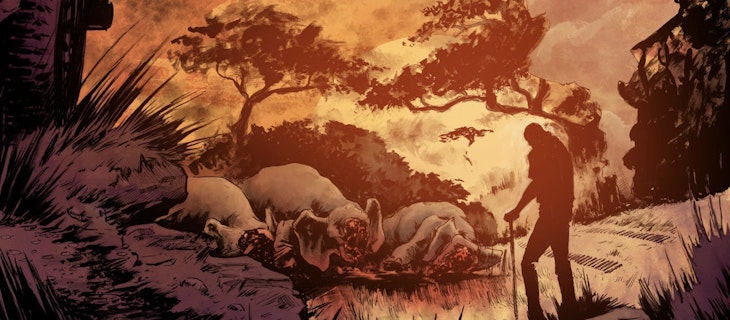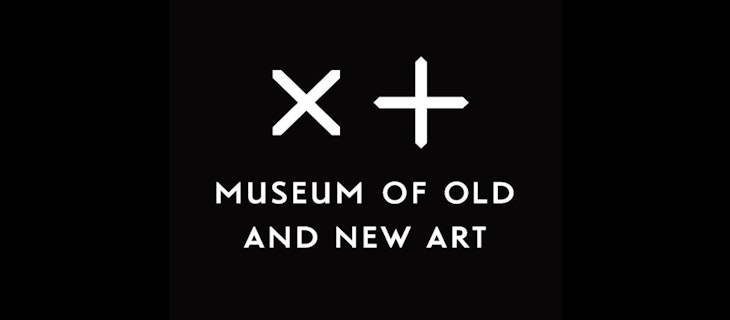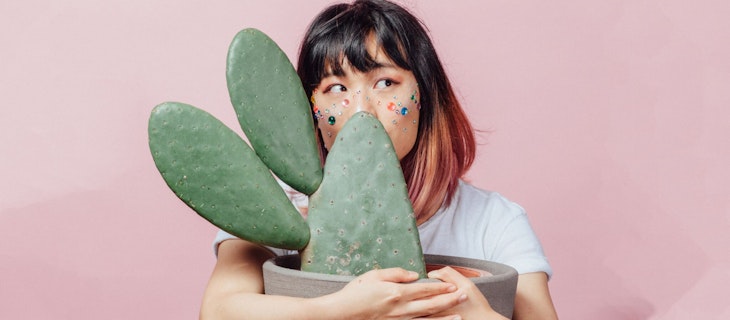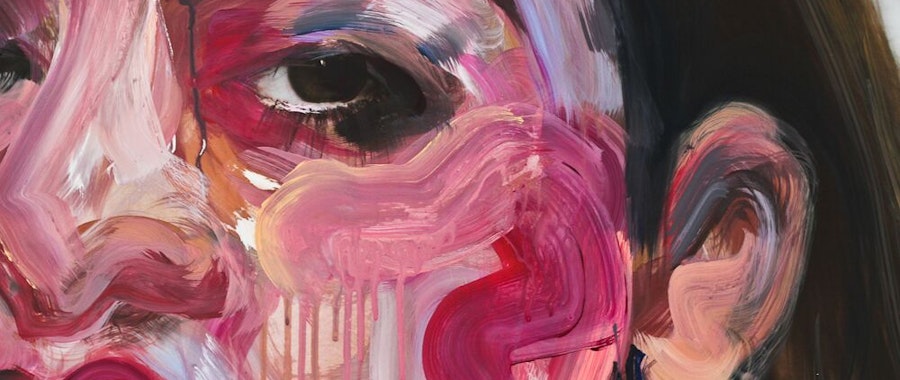
"We own it, and we're proud of it"
Sydney visual artist Jess Cochrane shares her thoughts on anti-perfection, embracing experimentalism and the importance of unleashing your creative energy.
Jess paints the world as she wants to see it. Her work as a photo-portrait artist, where elegant photography is abstracted by any number of materials, is a comment on the unrealistic expectations of women (and their diversified response). And the response has been appropriate: with an expansive body of work exhibited from London’s M&C Saatchi Gallery to Brisbane’s Powerhouse Museum and The QT in Canberra, as well as in permanent residence in hotels and venues across Sydney and Melbourne.
On perfection and progression…
After a few years my process now comes inherently. I know how to create good composition, or when something is looking or or off balance it’s all in my head and it just comes out when it needs to.
When it's too easy for me to finish a piece or when I'm becoming complacent, I'm like 'ok, I need to be more scared'. So I just try something new: maybe it's a different colour of technique, or trying pastels or a collage — just something, anything new.
On being experimental…
I feel that shooting the portraits takes so much longer than painting.
The start point of this project was to use magazines and paint over the top of them. But I found that I gained more satisfaction from making my own images, and them being completely mine.
When I'm looking at a work I'm about to paint over I want specific lines. For example, I was drawn to certain magazines (Vogue from every country, Rush, Catalogue) because of particular compositional elements, as well as the diversity and unique pop culture from abroad. Then it dawned on me that I could do it myself — I just needed a model and a camera.

On making a comment with your art…
I find being perfect and technical to be really frustrating, because if it’s meant to be perfect it gets tedious. Putting paint on something and making it intentionally grotesque is very satisfying.
When I was painting over magazines it was about confusion, or a huge contradiction between wanting to enjoy [the magazines] and comparing myself to its unrealistic depictions of women: 'I'm not cool enough, I don't look like that, I need to look like that' etc. But painting was an answer to this big question I had for so long. Once I found that answer, it was about making it my own. I started painting other women — friends and models I'd met along the way — and made it about owning who we are. Whether it’s a scientist, model, designer, photographer, you wear short skirts or suits, it doesn't matter. We own it, and we're proud of it.
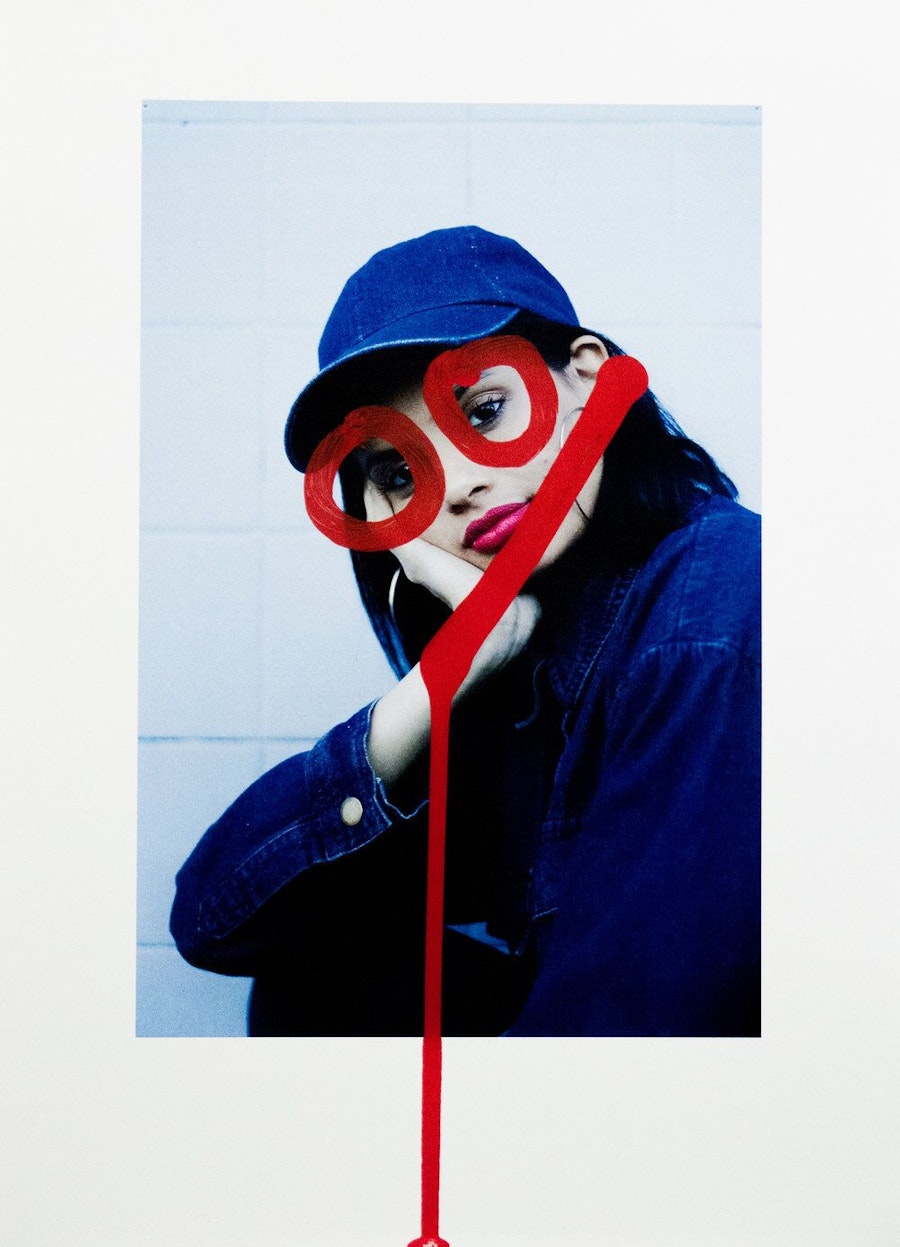
On [in]formal education…
I studied graphic design at the University of Canberra before moving to the University of Wollongong. I really thought I'd be graduating in graphic design, but I got sick of sitting at a computer making logos for people. So I added an art degree on top. I was in no rush, it was just another year and I felt that if I don't like it, then at least I've learnt something new. It flowed really naturally, everything was so much easier and I’m a much more visual learner.
There's something to be said for having a rejectionist element to your work. When you're studying you're supposed to be learning all of your techniques for colour — for example, how to make a perfect neutral grey. But within imperfection there's perfection. It's more about loosening the grip on the thing, as opposed to trying to control it.
No one did anything great by playing by the rules.
On embracing mistakes…
I’m sure a lot of people would look at [my pieces] and wouldn’t know if there was a mistake, but I can tell. There’s a good balance of paint on the print, and enough of the original image showing through. It’s about working to an exact point — not over or under. It’s still fun, it’s just more work.
My career is just an embodiment of who I am and how I choose to interact with the world.
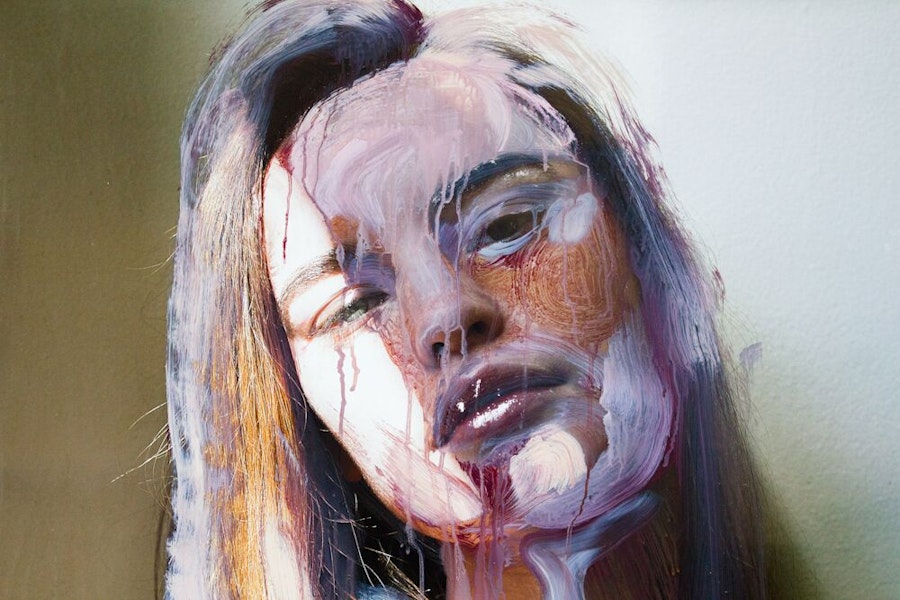
On bringing it all together with Dropbox…
I run my entire life on Dropbox.
Within one folder there will be different elements to each work. I'll have the original shoot, the selected images, the original image sent to print, and a scan of the final artwork. It's a start to finish thing. I also use it for sharing files with people internationally and interstate; with my manager; and then with commission works I'll send a selection the client can pick from and I can send that to print.
I keep all of my shoots for every single model, plus the edits and original files within Dropbox. I do that so if i’m working on the fly or driving to a different state I don’t need to be on my computer, I can check it on my phone. I use Dropbox on my phone more than my computer because I’m always saving photos on my phone for social media too.
It's just another element of being involved in the community in your sense. [Dropbox] is just a way of connecting with other people.
All artworks supplied by Jess Cochrane
